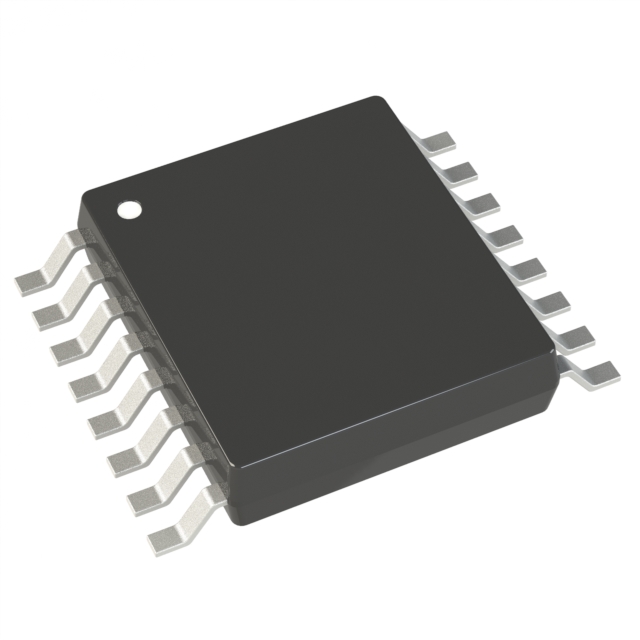-原创内容,请勿转载。
很多客户说为什么那个飞思卡尔芯片标签会变成 nxp?命名约定是什么?您如何阅读 NXP 芯片标签?
为什么 FREESCALE 的标签更改为 N
• 技术竞争非常激烈。在全球半导体市场激烈的竞争环境中,许多科技公司正在斥资通过并购来扩大市场份额和提升技术。


• 当时,恩智浦斥资 118 亿美元收购飞思卡尔,震惊了整个行业。其中一个重要目的就是弥补其在处理器方面的短板,实现其在汽车领域的布局。早在2011年,恩智浦的微控制器器件市场份额仅为4.8%,远低于排名第一的瑞萨电子的17.3%。收购飞思卡尔后,它在 2016 年冲刺至第一市场份额。从底部跳到顶部只用了五年时间。这就是为什么您最初看到的 FRESCALE 组件现在标有 NXP 的原因。
NXP 16 位微控制器的命名规则
• 今天,我将向您解释 NXP 的 16 位微控制器的命名规则。它由以下模块 cmponentos 组成:零件类型、内存、核心、设备系列、内存大小、来源、版本、温度、封装和封装形式,让我们用型号来应用它。

• 此芯片S9S12XS128J1MAA,S代表汽车级,9为闪存类型,S12为核心,XS为器件系列,128为闪存大小128KB,J为源代码,1为版本,M表示温度范围为负40°C-加125°C,AA代表封装,表示QFP80封装。最后,还有一个可选的后缀。如果后缀包含 R,则表示卷带包装,如果不包含,则表示托盘包装。
• 以这种方式简单易懂?这里显示的是新的 16 位微控制器 S12XS 系列,它是 S12XE 系列的兼容简化版本。
How can you read the NXP label
• reading the naming ruleAftes, what do you think of the NXP label? The label of the NXP microcontroller is actually very easy to read. Let’s look at it in order. MPN means the manufacturer’s material number. The material analyzed here isS9S12XS128J1MAA. IF YOU need this material can send purchase requirements to ICONE-CHIP.COM.
• The first line NXP is the brand name. After Freescale was acquired, it was changed to the NXP label. The second line is: country of origin. The third line is: sealing date. (33T) This line represents the feature code. (32T ) represents the traceability code (31T) represents the material control code, (31P) MSL = moisture sensitivity level 3, PBT = the reflow soldering temperature cannot exceed 260 degrees, (1T) LOT code represents the production batch, when there is a problem with the product can help manufacturers quickly track specific product batches, (9D) represents the production date (Q) represents the quantity, (30P) represents the model (1P) represents the factory number in the lower right corner PB represents is lead-free, HALOGEN FREE means no halogen added, and the following one means it complies with the RoHS directives of the European Union and China.

• We aso talked about the great function of the trace code in the previous video ,you go and look if you are interested.
| 相关内容 |
 What is a microcontroller? What is a microcontroller? |
 Most chip's naming rules,which Microcontroller about NXP ST MICROCHIPS. Most chip's naming rules,which Microcontroller about NXP ST MICROCHIPS. |
 Chip Packaging labels: What you need to know Chip Packaging labels: What you need to know |








